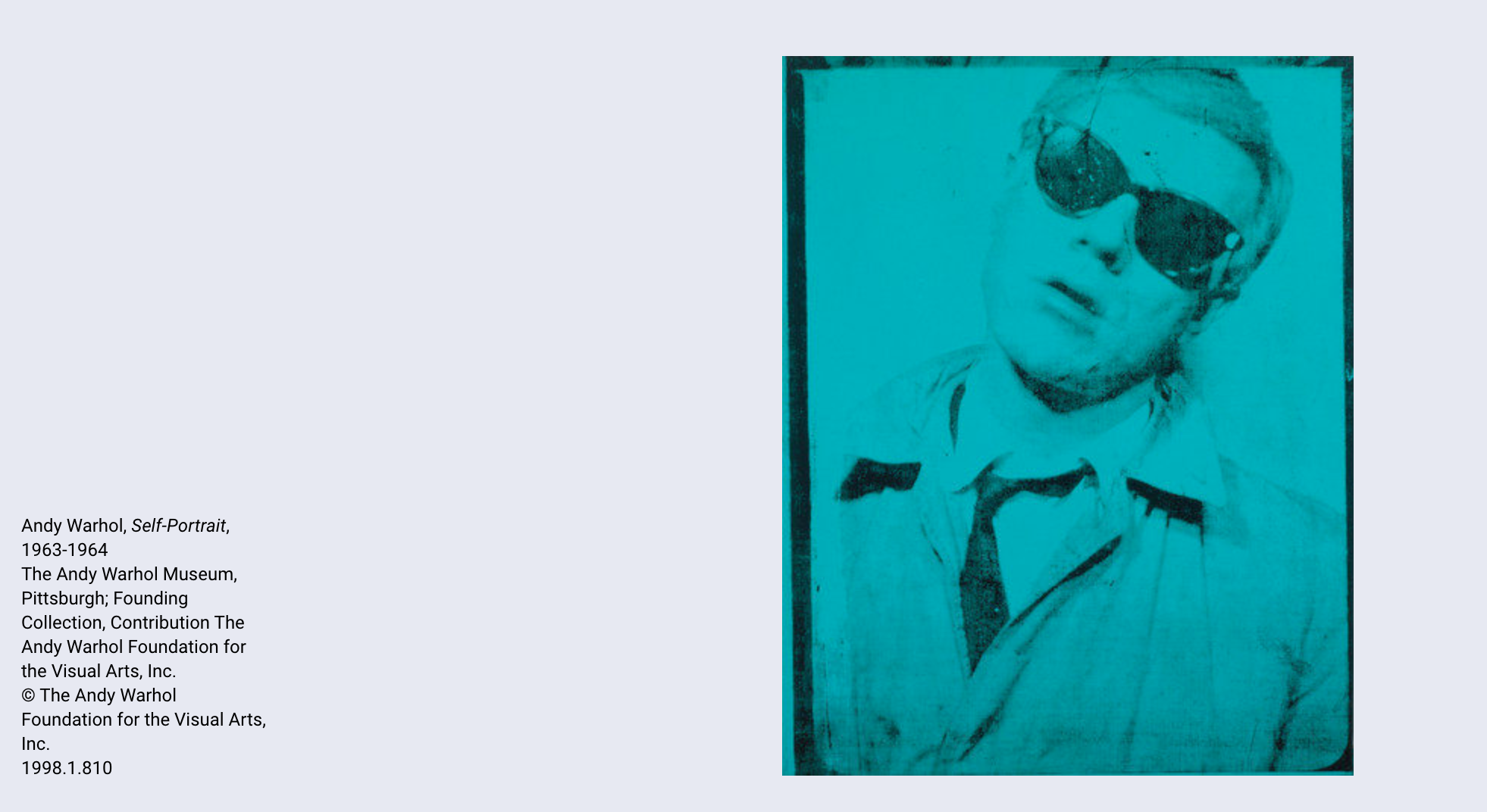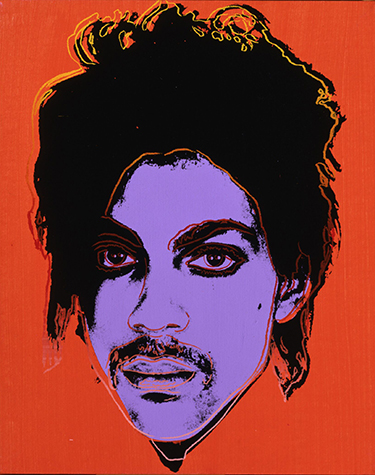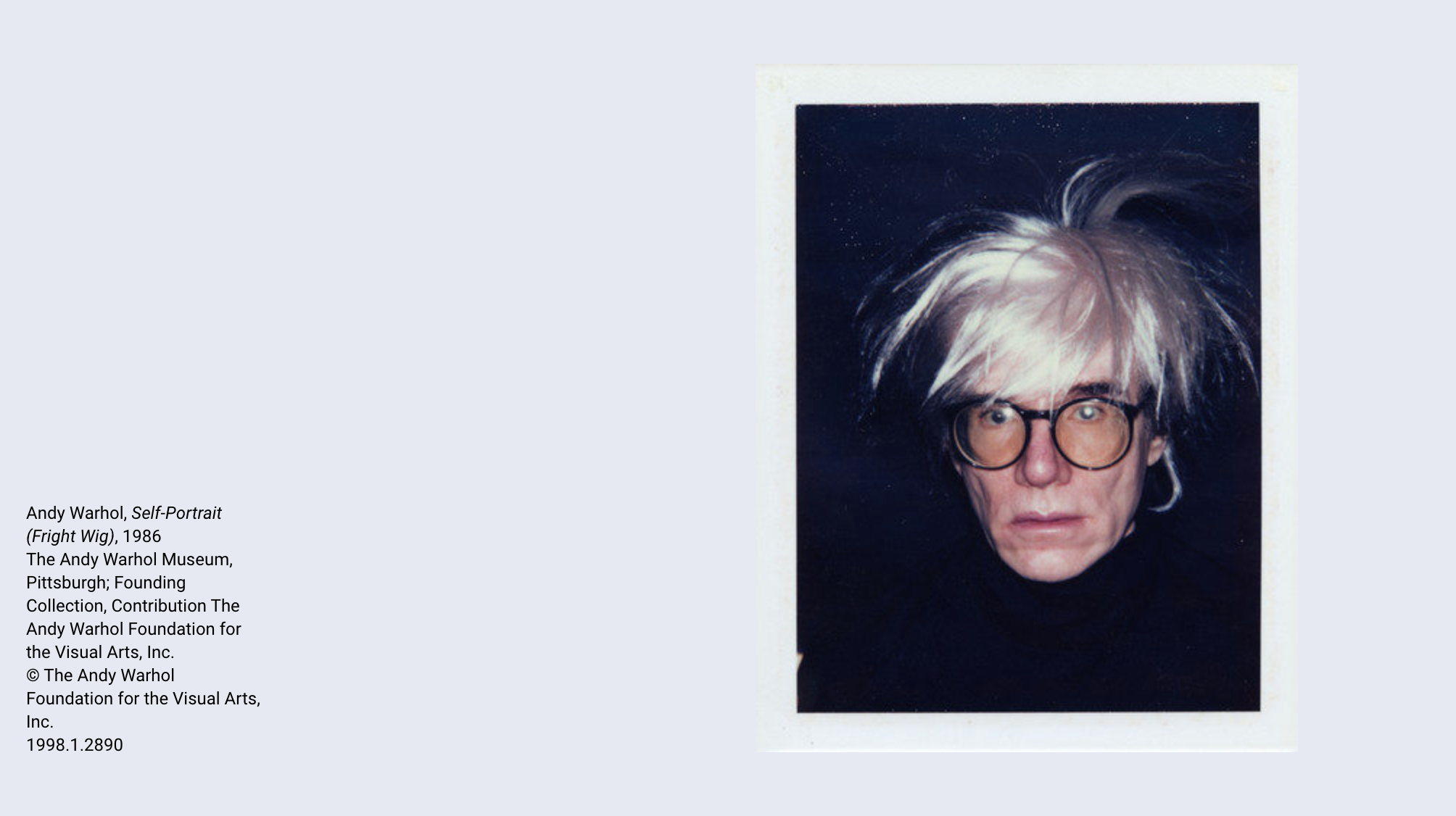https://www.tate.org.uk/art/art-terms/a/appropriation
aim is to create a new situation, and therefore a new meaning or set of meanings, for a familiar image.
What are you saying, who are you in the history of art?
YASUMASA MOIMURA
Yasumasa Morimura is a fan of role-play—in fact, one could say it’s his primary medium. Since the mid-1980s, the Japanese conceptual photographer has transformed his own body to resemble creative geniuses, megastars, and revolutionaries as wide-ranging as Vincent van Gogh, Marilyn Monroe, and Che Guevara. He’s also impersonated the subjects of art history’s famous paintings: He plays the reclining prostitute in Édouard Manet’s Olympia (1863), as well as the smiling female victor and the gruesomely severed head in Lucas Cranach the Elder’s Judith with the Head of Holofernes (ca. 1530).
While Morimura has described his practice as “wearable painting” or “wearing Western art history,” it’s not a superficial act: He fuses the identity and concerns of his subjects with his own. “To put it simply, I feel Dürer in myself and myself in Dürer,” he explained, in a recent interview with the Japan Society, of his 2016 recreation of a self-portrait by Albrecht Dürer, painted in 1500.


https://www.dazeddigital.com/art-photography/gallery/25891/8/yasumasa-morimura-ego-obscura
Andy Warhol-


Andy Warhol – Pop Artist from the United States of America. Started a movement and had a place called ‘The Factory’ in the Meatpacking District in NYC where many people came, hung out, produced art and became legends.

![]()



Text from MOMA on Warhol
Two exhibitions in 1962 announced Andy Warhol’s dramatic entry into the art world. In July, at the Ferus Gallery in Los Angeles, he exhibited his now-iconic Campbell’s Soup Cans. The work’s 32 canvases, each one featuring a different variety of the company’s 32 soups, were lined up in a single row on a ledge that wrapped around the gallery. “Cans sit on shelves,” the gallery director, Irving Blum, later said of the installation. “Why not?” 1 The paintings marked a breakthrough for Warhol, who had previously worked as a commercial illustrator: they were among his first works based on consumer goods, and among the first to embrace serial repetition. Although he hand-painted each canvas, they were made to seem mechanically produced.
Later that year, Warhol mounted an exhibition at New York’s Stable Gallery, displaying silkscreen prints with a flat uniformity that would become his signature style. The silkscreen, at the time primarily a commercial technique, allowed a theoretically endless number of repetitions and variations of his chosen subject. The exhibition included numerous portraits of legendary actress Marilyn Monroe, whose recent suicide sent shockwaves through American popular culture. In Gold Marilyn Monroe, Warhol memorialized Monroe by screening her face onto a gold-painted canvas, recalling the look of a Byzantine icon.
Strategies drawn from printmaking, including multiplicity, mirroring, transfer, and replication, would prove central and enduring tenets in Warhol’s work. Throughout the 1960s, he continued to mine the world of celebrity for his art, creating images of stars and public figures so familiar that they were often known by only their first name: Elvis, Jackie, and, again, Marilyn. Likewise, his engagement with the subject of commodity culture…
TRY:
This is a great tutorial for hand colouring black and white photos on Adobe Photoshop to achieve the screen print look. It also gives an effect of hand colouring vintage photos.
Anne Zahalka-
Australian Photomedia artist- looking at the identity of australia and the beach.




https://www.mga.org.au/index.php/collection/explore/index/image/368
https://www.artgallery.nsw.gov.au/collection/works/OA20.1965/
